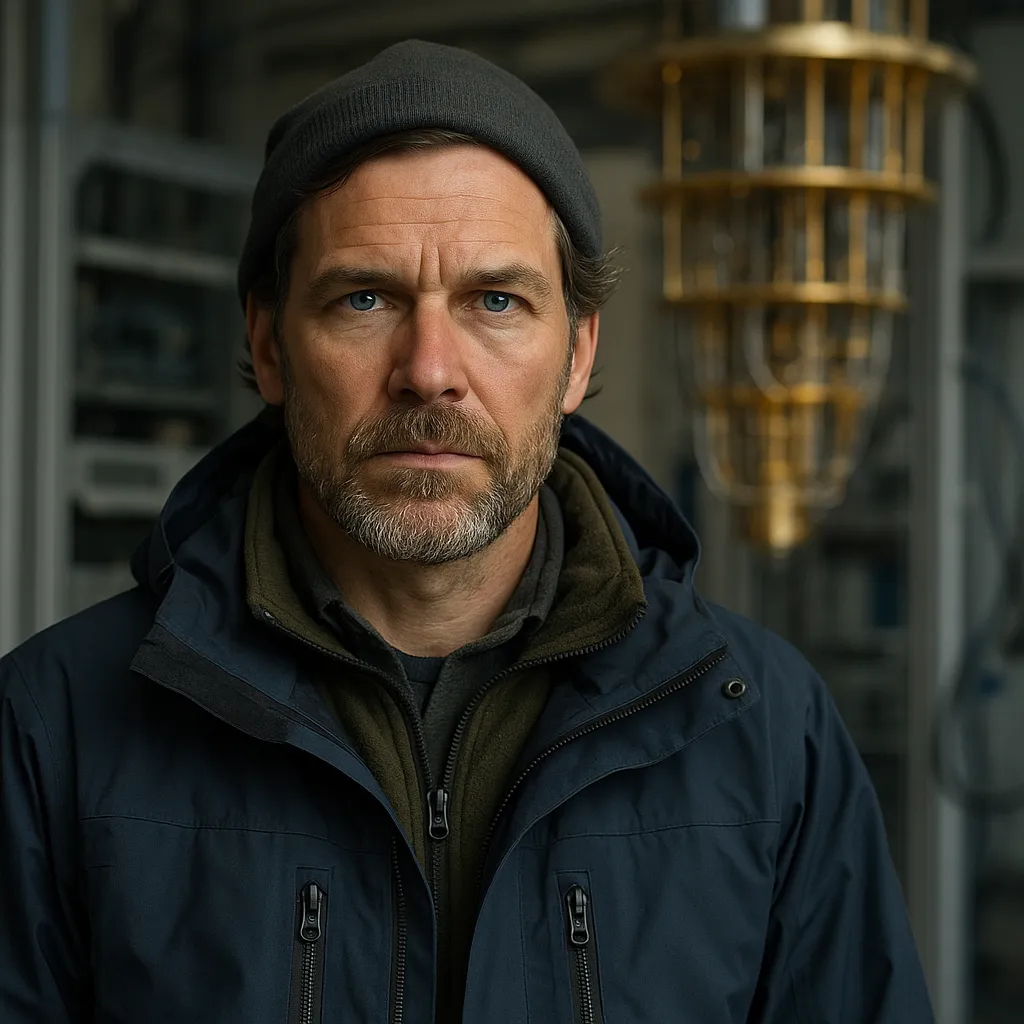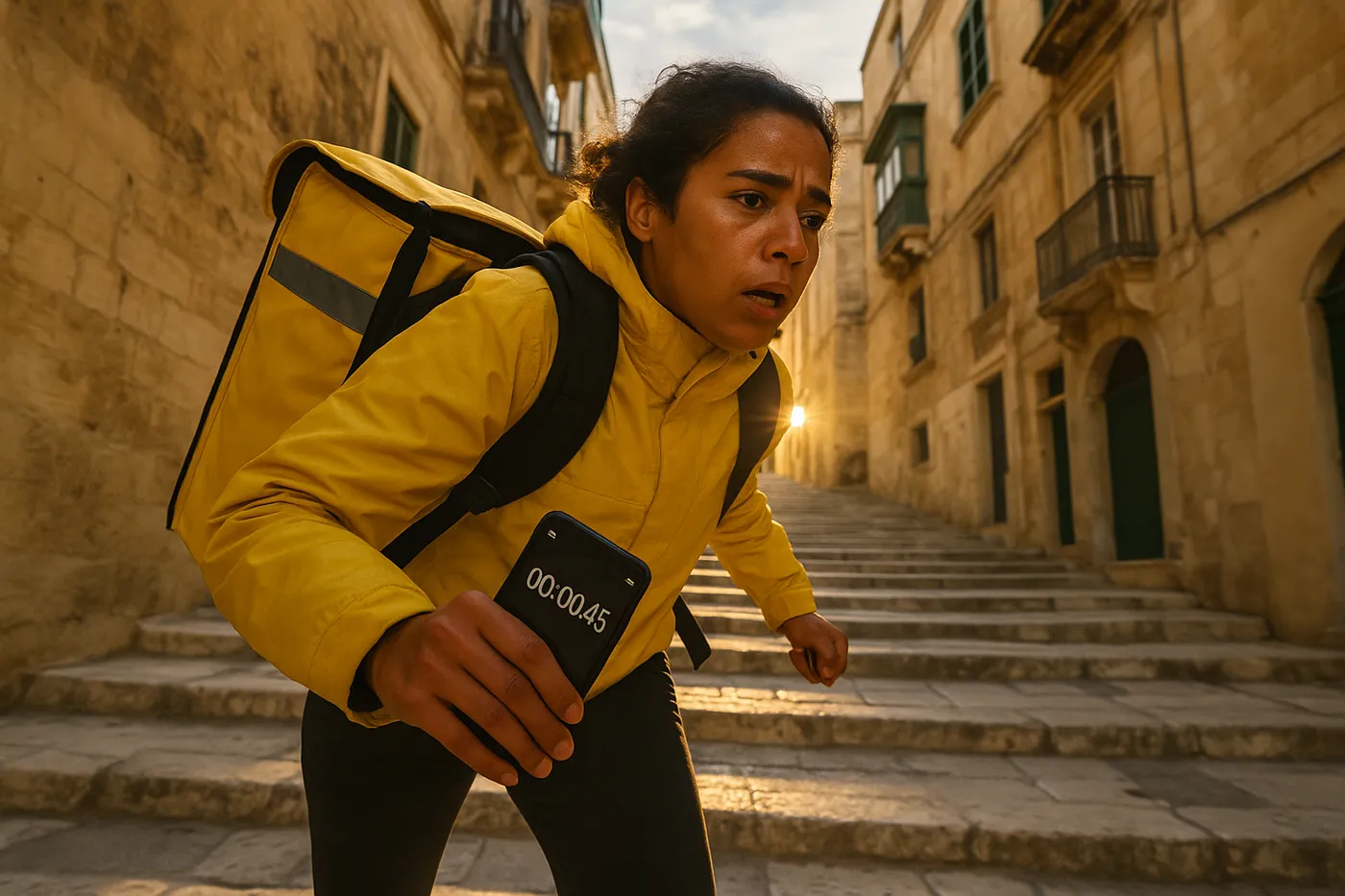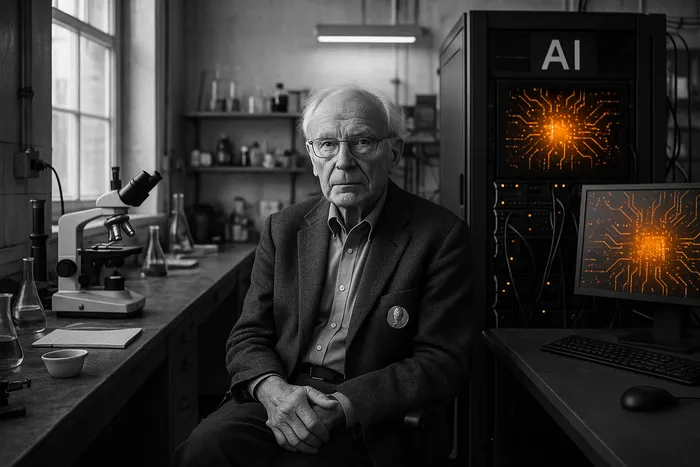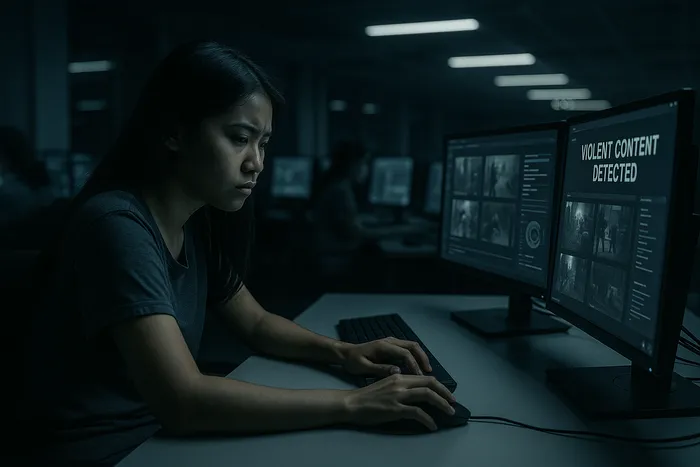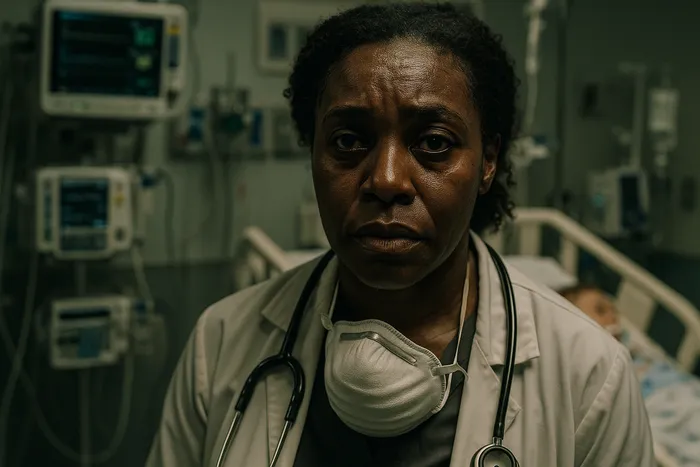The Temperature of Tomorrow
In the depths of Google's quantum facility, where dilution refrigerators hum with the precision of technological cathedrals, humanity has created the coldest spots in the universe. Here, at temperatures approaching absolute zero, quantum computers achieve what was once thought impossible—computational power that transcends the limits of classical physics. This is the story of quantum computing's breakthrough year, when error correction became reality and the promise of quantum supremacy moved from laboratory curiosity to practical application.
The quantum computing revolution of 2024 wasn't just about algorithms or qubits—it was about mastering the extreme. Google's Willow chip achieved a milestone that quantum physicists had pursued for decades: scaling up quantum systems while reducing errors rather than amplifying them. For every additional qubit, the system became more stable, not less. This breakthrough came not from software innovation alone, but from the physical mastery of environments more extreme than interstellar space.
My journey into this world began with a simple realization: quantum computing's most profound achievement isn't computational, it's cryogenic. Having spent years documenting the Arctic's retreat, I understood cold differently than most photographers. When IBM and Cleveland Clinic installed the world's first quantum computer dedicated to healthcare research, I saw an opportunity to document another kind of extremity—the technological Arctic that enables quantum coherence.
Access to these facilities requires more than press credentials; it demands understanding of the delicate balance quantum systems require. Quantum computers exist in a state of profound isolation, shielded from vibration, electromagnetic interference, and thermal fluctuation. Even the presence of a photographer can disrupt quantum states, so documentation becomes a careful dance between revelation and preservation.
The visual paradox of quantum computing struck me immediately: the most advanced computational systems require the most primitive physical condition—absolute stillness, perfect cold, complete isolation. These machines exist in a state of technological meditation, their quantum bits suspended between existence and non-existence, computation and void. They are monuments to human ingenuity built on the foundation of cosmic emptiness.
Through eight months of documentation across Google's Quantum AI facility, IBM's quantum installations, and Cleveland Clinic's pioneering healthcare quantum computer, I witnessed the quiet revolution happening in temperature-controlled chambers. The breakthrough wasn't just technical—it was philosophical. Quantum error correction doesn't just enable better computing; it enables computing that acknowledges and incorporates uncertainty as a fundamental feature rather than a bug to be eliminated.
This series captures quantum computing at its moment of emergence from pure research into practical application. The infrastructure documented here represents humanity's first successful attempt to harness quantum mechanics for computation, creating a visual record of the extreme conditions necessary for quantum coherence. Each image reveals the hidden physical reality behind quantum computing's promise, showing how the most advanced technology requires return to the most fundamental physics.
The temperature of tomorrow isn't just a metaphor for quantum computing's future—it's the literal physical condition that makes that future possible. At -273.15°C, quantum computers don't just compute; they exist in a state of pure possibility, where the boundaries between information and reality blur, and where the future of computation is written in the language of absolute zero.
Photographer Bio
Marcus Lindqvist's path from Arctic researcher to photographer began during a climate expedition in Greenland, when he realized that the most powerful tool for communicating the profound changes happening in extreme environments wasn't scientific data, but the human ability to witness and document beauty in the face of transformation. His seven years documenting climate change in polar regions provided him with both the technical expertise in cryogenic systems and the visual sensitivity to extreme conditions that made him uniquely qualified to document quantum computing's emergence.
His previous work includes the acclaimed series "The Last Stations," documenting the closure of Arctic research facilities, and "Permafrost Elegy," exploring the hidden infrastructure that enables modern climate science. Lindqvist's approach combines scientific rigor with artistic vision, creating images that function as both technical documentation and visual poetry. His understanding of how extreme cold affects both equipment and human psychology allows him to work in environments that would be impossible for traditional photographers to access.
When IBM and Cleveland Clinic announced their quantum computing partnership, Lindqvist saw the continuation of his exploration of extremes—not the natural extremes of polar regions, but the technological extremes that push the boundaries of physics itself. His work documenting quantum computing facilities represents the first comprehensive visual record of the infrastructure that enables quantum coherence, captured by someone who truly understands both the science and the art of extreme cold.
Image Captions
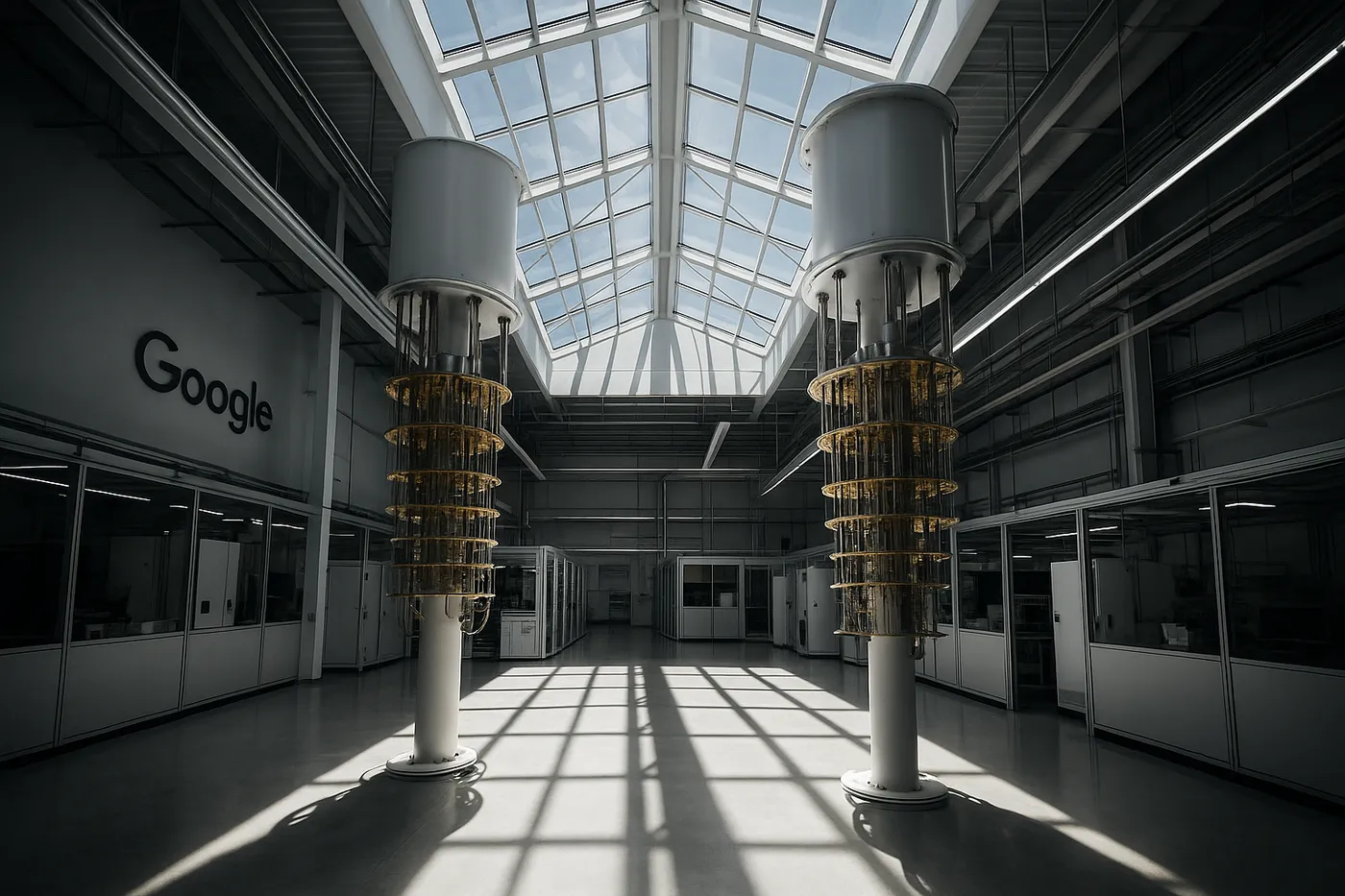
Photo 1: Cathedral of Cold Google's quantum facility interior reveals the architectural majesty required for quantum computing, with dilution refrigerator systems rising like technological cathedrals toward skylights that seem to offer glimpse of the cosmos. The contrast between natural light and the artificial environment necessary for quantum states creates a visual metaphor for humanity's attempt to harness cosmic forces for computational power. Shot during the facility's afternoon maintenance window when quantum experiments pause to allow human presence.
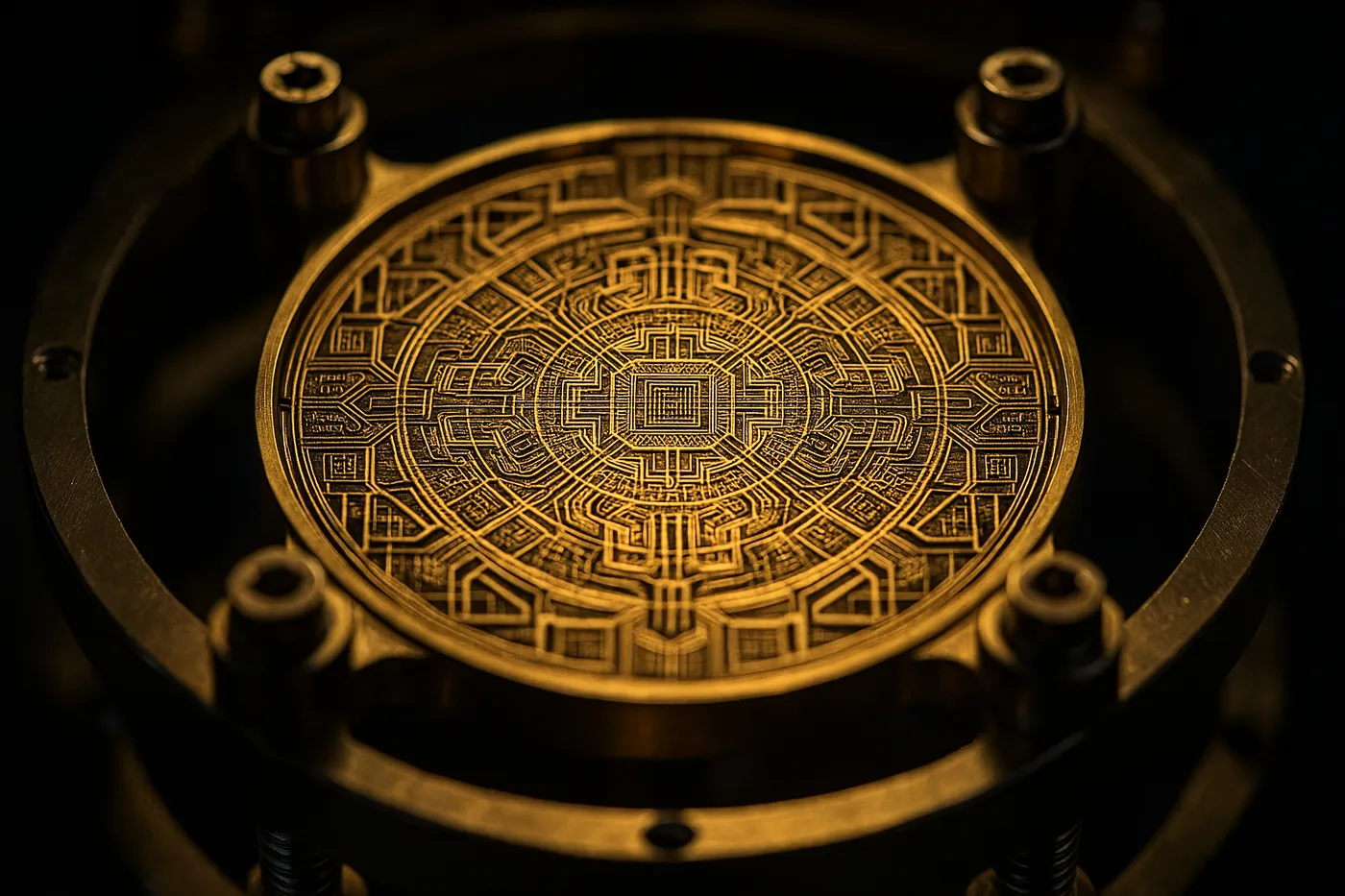
Photo 2: The Golden Mandala Google's Willow quantum processor, magnified to reveal its geometric perfection, appears like a golden mandala suspended in the heart of the cooling apparatus. This 20-millimeter chip, containing 105 qubits, represents the breakthrough achievement in quantum error correction—the more qubits added, the more stable the system becomes. The macro lens captures the precision engineering required to maintain quantum coherence at the microscopic scale, while the golden color reflects the precious nature of quantum computation.
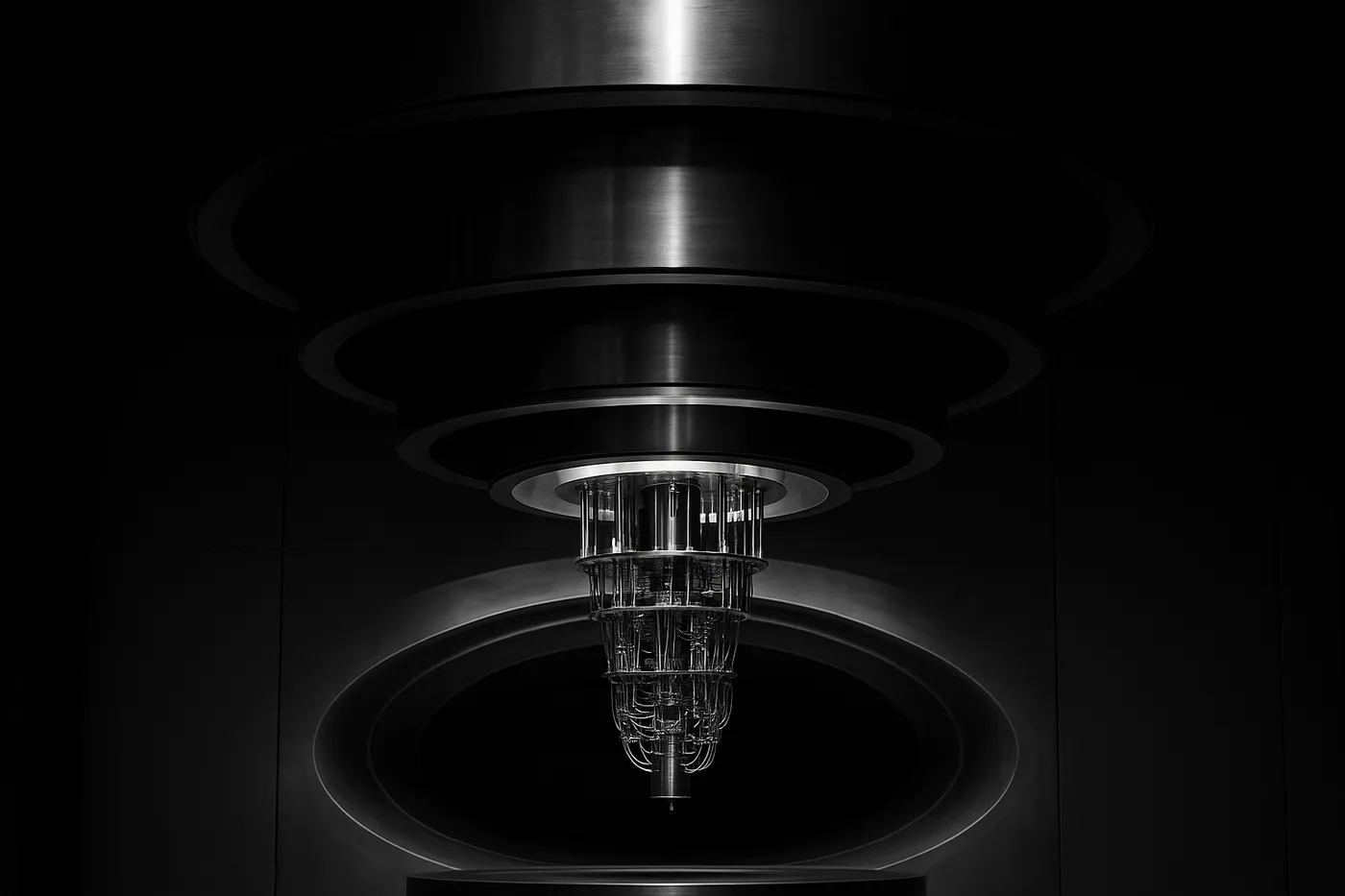
Photo 3: Absolute Isolation A quantum computer suspended in its dilution refrigerator, encased in layers of shielding that protect it from thermal fluctuation, electromagnetic interference, and vibration. The composition emphasizes the profound isolation necessary for quantum coherence—both physical separation from the classical world and conceptual separation from traditional computing paradigms. The nested cylindrical structure suggests infinite regression, mirroring the infinite possibility states that quantum computers can explore simultaneously.
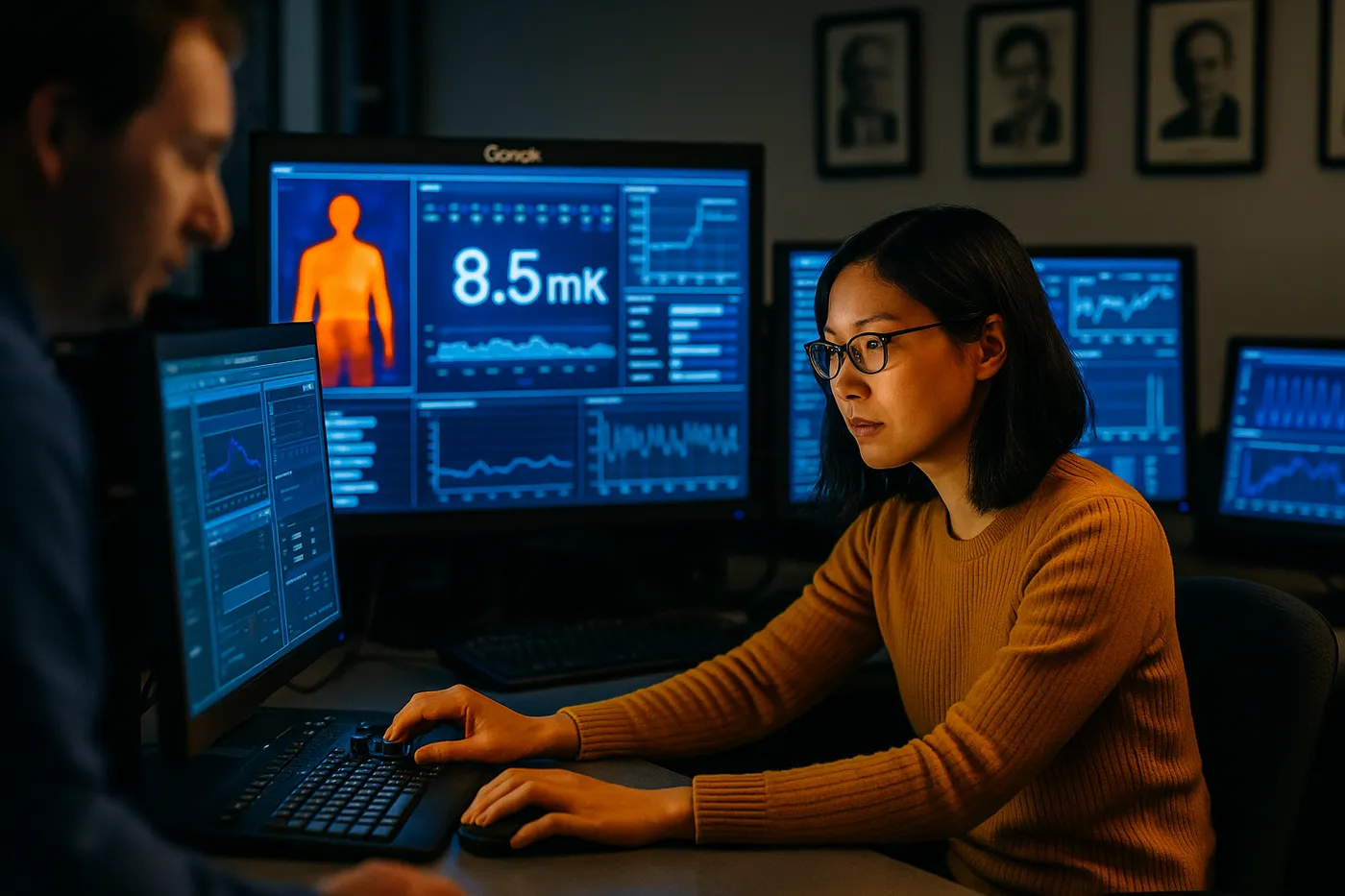
Photo 4: The Quantum Keepers Researchers monitor quantum systems in Google's control room, their warm humanity contrasted against displays showing temperatures approaching absolute zero. Dr. Sarah Chen adjusts parameters for an error correction experiment while quantum states remain stable at -273.14°C. The human stewardship required to maintain systems operating at physics' extreme limits reveals the profound collaboration between human intuition and quantum mechanics that makes quantum computing possible.
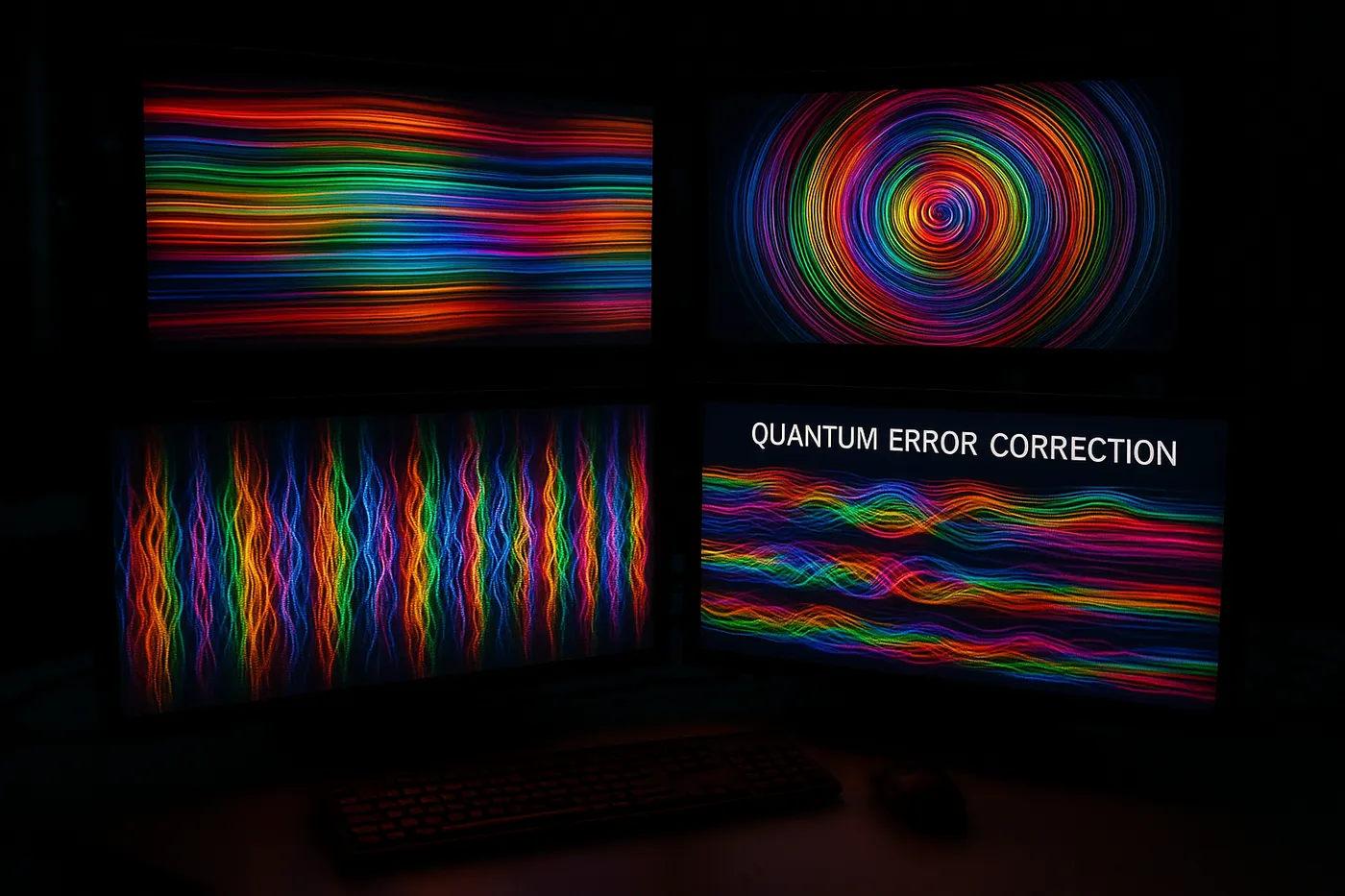
Photo 5: Error Correction Symphony Real-time visualization of quantum error correction on multiple monitors shows the breakthrough achievement that makes practical quantum computing possible. The patterns of errors being detected and corrected create an almost musical visualization of quantum states maintaining coherence. This time-lapse capture makes visible the invisible process that enables quantum computers to scale up while reducing errors—the fundamental breakthrough that transformed quantum computing from laboratory curiosity to practical technology.
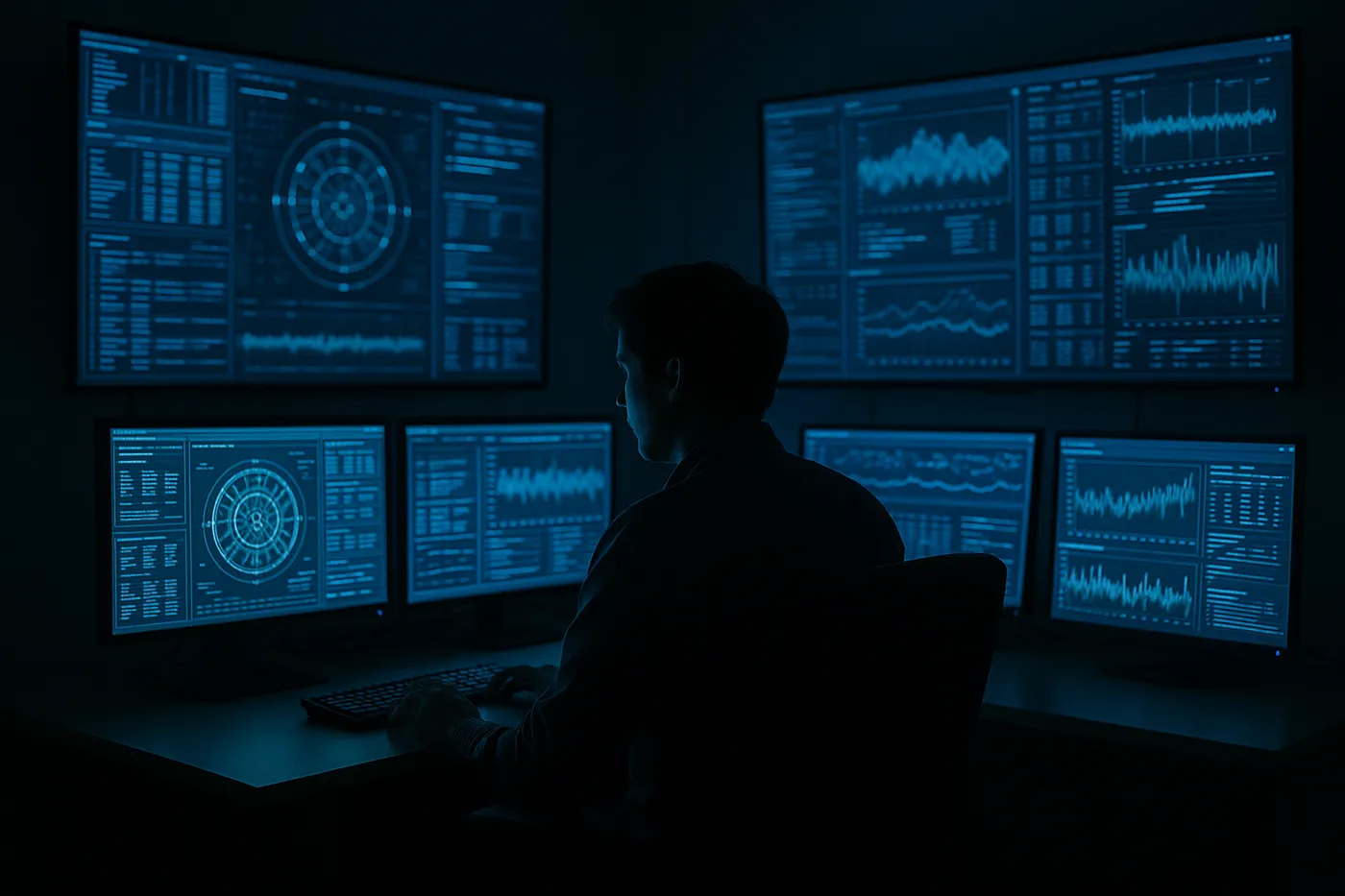
Photo 6: Night Vigil The 24-hour monitoring station reveals the constant attention quantum systems require, with night shift researchers maintaining vigilance over quantum coherence while the classical world sleeps. The dedication required for quantum advancement contrasts with human circadian rhythms, showing how quantum computing demands human adaptation to technological time rather than natural time. The soft blue light from quantum monitoring systems creates an otherworldly atmosphere that suggests the border between technological and cosmic scales.
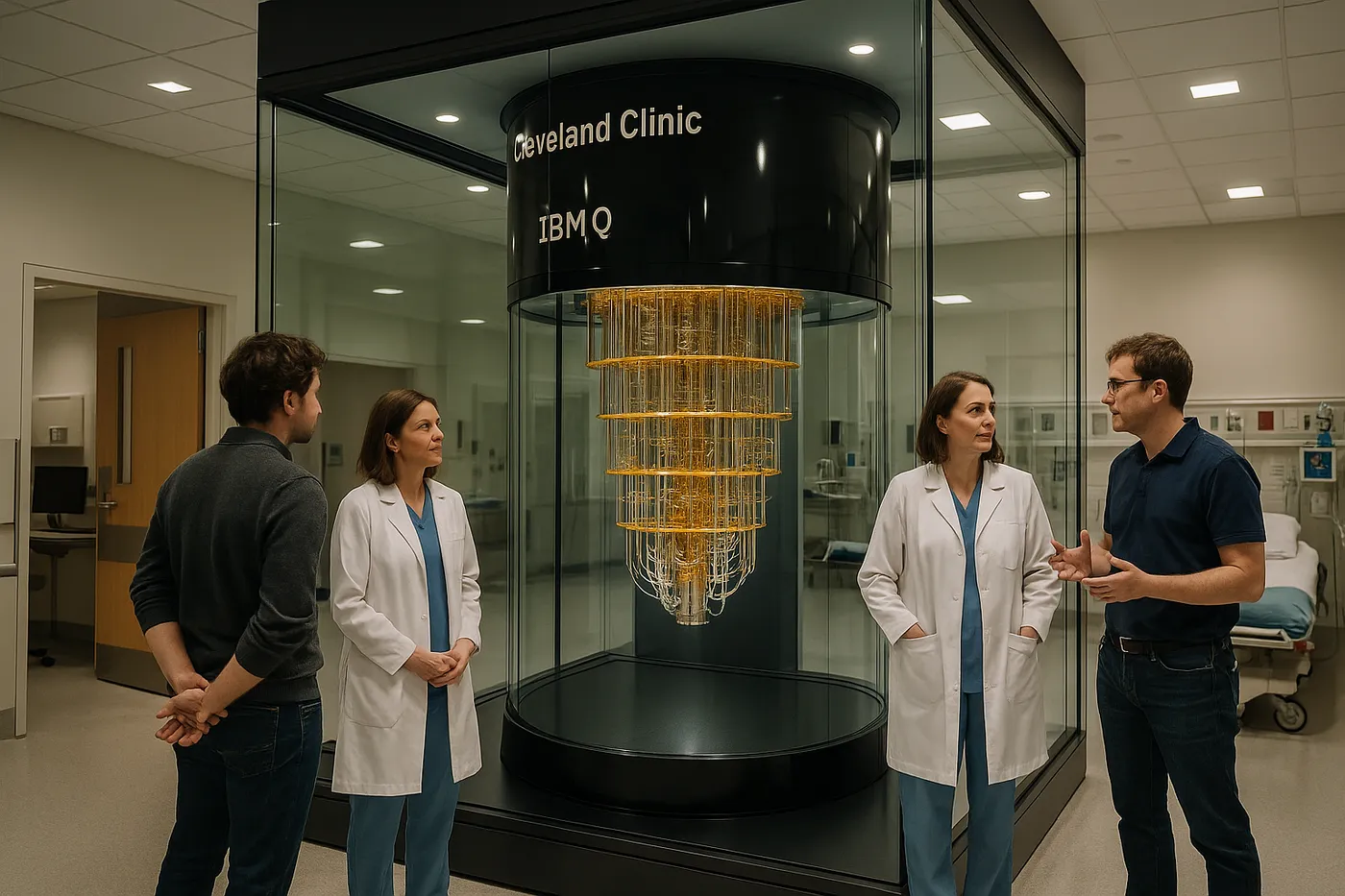
Photo 7: The Quantum Garden Cleveland Clinic's healthcare quantum computer installation transforms medical environment to accommodate quantum technology, with the IBM Quantum System One appearing like a technological sculpture in the hospital setting. This represents quantum computing's emergence from pure research into practical application, where quantum processors will accelerate drug discovery and medical treatment. The integration of quantum technology into healthcare environments points toward quantum computing's role in solving humanity's most pressing challenges.

